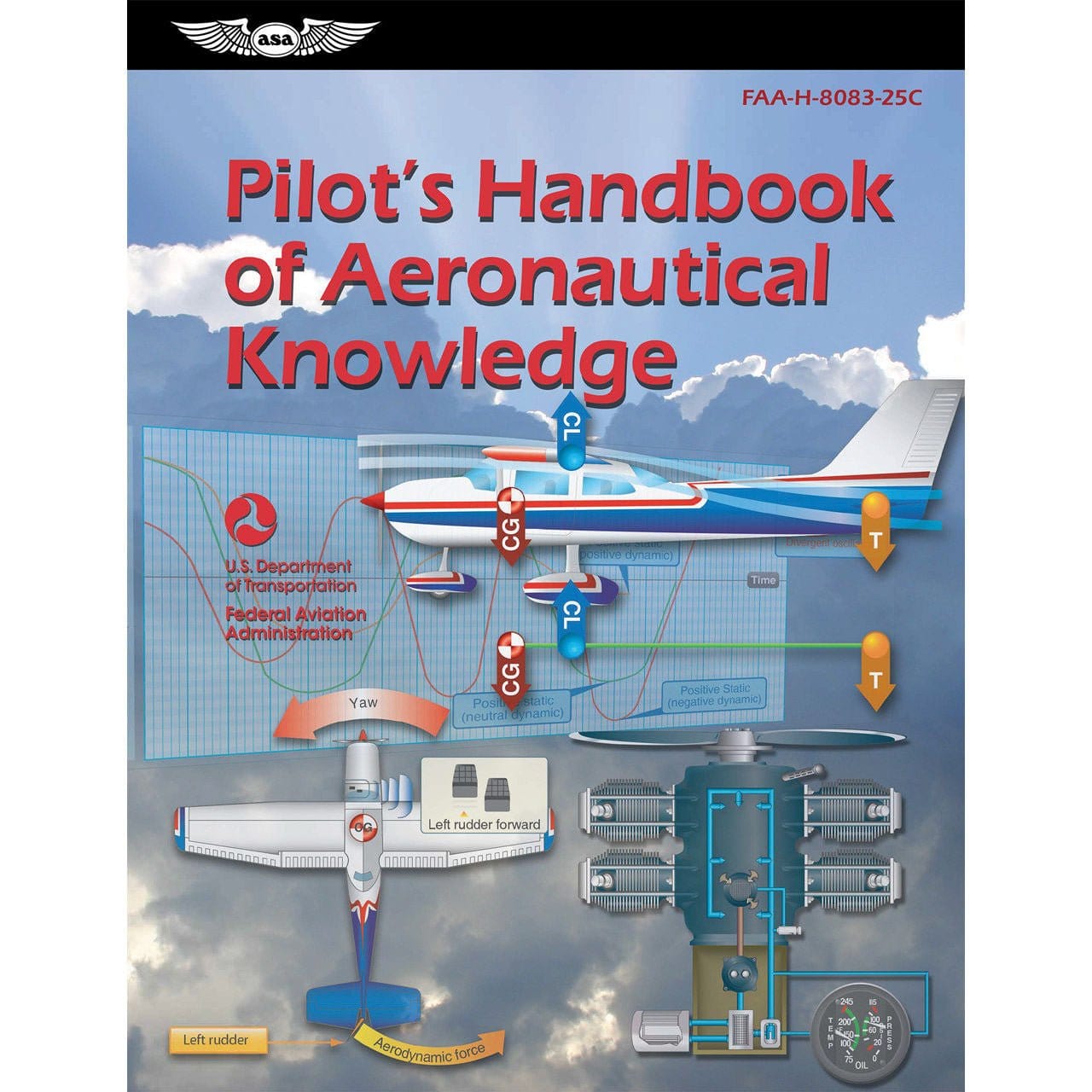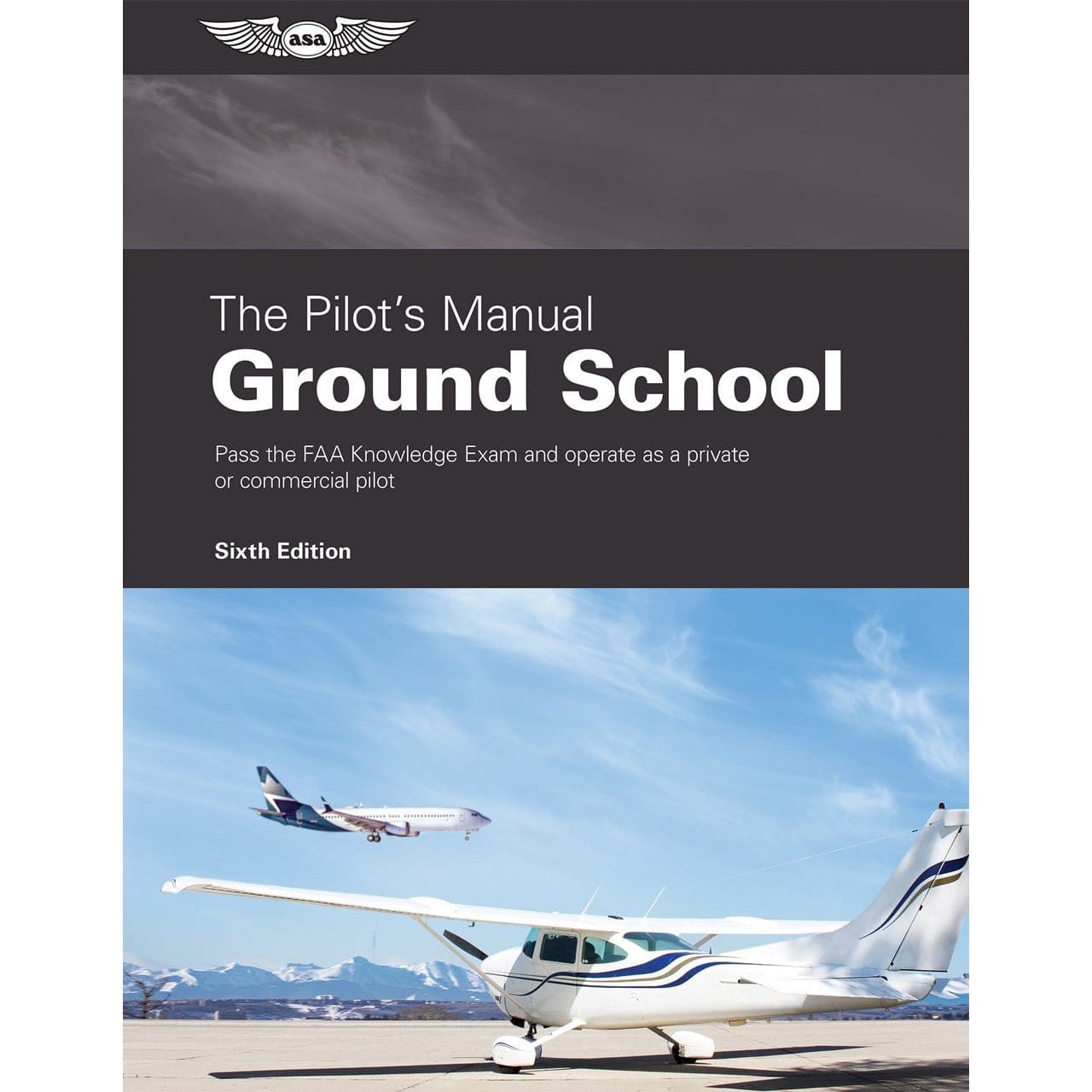Unless they remember their ground school training, new pilots may be surprised at how their aircraft reacts as they engage their ailerons to make a turn.
They may be caught wondering why if they were making a turn to the right, the aircraft suddenly seemed to have a mind of its own and pivoted to the left first.
Sounds like it is time for a refresher on the topic of adverse yaw.
Table of Contents
What is adverse yaw?
Adverse yaw is the tendency of a fixed wing aircraft to yaw in the opposite direction as you roll into a banked turn. If you roll the plane to the right, it will have an automatic tendency to make an unintended yawing motion to the left and vice versa.
This adverse yaw tendency exists to varying degrees on all fixed wing aircraft although it is less pronounced on planes with shorter wings and those flying at higher speeds.
What causes adverse yaw?
Adverse yaw is caused by a lift and drag differential between your two wings. To initiate a right banking turn, you need to roll the plane to the right.
This is done by raising the right aileron and lowering the left. Raising an aileron decreases both the lift and drag it generates. In our example, raising your right aileron will cause the right wing to dip, initiating your right roll.
In contrast, lowering an aileron generates more lift and correspondingly more induced drag. The reason a lowered aileron generates more lift is because it alters the chord line and increases the angle of attack.
Angle of Attack
At a higher angle of attack, more lift is generated. When we lower our left aileron, it will result in the left wing lifting.
If the drag decrease on one wing were perfectly balanced by the drag increase on the other, the plane would simply roll without yawing, however in real life there is a drag differential between the two wings.
A drag differential occurs because the raised aileron is deflecting into lower pressure airflow and the lowered aileron is deflecting into higher pressure airflow.
If the amount of deflection is the same, the drag on the lowered aileron will be greater than it is on the higher aileron. This causes the plane to yaw in the direction of the lowered aileron which is the opposite direction of your roll.
How does aileron design impact adverse yaw?
The two main types of ailerons in use today were both purposefully designed with countering and minimizing adverse yaw in mind. Frise and differential aileron designs can be used solo or combined so their benefits work in a tandem hybrid configuration.
Since the adverse yaw is caused by a drag differential between the up and the down aileron, a frise aileron is designed to create more drag on the up aileron. This helps balance the higher degree of drag experienced by the lowered aileron.
The increased drag is achieved by setting the aileron hinge point backward. When the aileron is raised, part of it protrudes lower than the bottom of the wing. Air hits this protrusion and generates extra drag.
On a differential aileron design, adverse yaw is decreased through limiting the aileron’s downward range of motion compared to its upward range. When one aileron is fully raised and the other is fully lowered, the raised aileron will move up further than the lowered aileron goes down.
By decreasing the range of motion of the lowered aileron, the amount of generated drag is also reduced so it more closely matches the drag of the raised aileron. This decreases the amount of drag differential and thus the severity of the adverse yaw.
How to minimize adverse yaw
Frise and differential aileron designs help minimize adverse yaw, and there are actions you can take as a pilot to further smooth out your rolls. Learn and practice flying coordinated turns using properly timed and controlled rudder inputs.
In writing about the proper execution of the common turn, AOPA writer Budd Davisson laments the fact that too many pilot exhibit the “pervasive habits” of “holding rudder and/or aileron through the turn, or not using rudder at all when entering or leaving turns.”
Frise Ailerons
Frise aileron involves raise pivoting the aileron to create drag. The increased drag reduces any adverse yaw.
Differential Ailerons
This is when one aileron is lifted more than the other aileron. The goal is to produce more drag on the descending wing to reduce the effects of adverse yaw.
Watch Phil Unicomb Aviation’s Frise and Differential Ailerons video for a quick explanation and hands-on comparison of frise, differential, and hybrid ailerons.
Use rudder only when needed
The adverse yaw characteristics of each plane are different, so you must learn your plane. In general, older aircraft will require more rudder input than newer planes.
The important thing to remember is that rudder is only necessary when there is a lift and drag imbalance or differential between the left and right wings.
Once the banking turn is established and the ailerons are back to neutral, the differential is negated, and rudder inputs are no longer required.
 Frequently Asked Questions
Frequently Asked Questions
- What is an example of adverse yaw?
For example, when turning left, the left aileron moves up and the right aileron down, allowing more lift to the right wing. The opposite applies for turning right. Student pilots need to know how to make use of their rudders, as they play an essential role in combating adverse yaw.
- What is the difference between adverse yaw and Dutch roll?
- Can aircraft suffer from adverse yaw during rolling?
Want to learn about maneuvers?
Have you ever heard of a Dutch Roll or a Chandelle Maneuver? If you're thinking of pastry and hanging decor, then check out these guides to understand the terminology and become a more proficient pilot.
-
The Chandelle Maneuver: What it is and Why You Should Learn to Fly it
-
How To Fly Turns Around A Point (Complete Guide + Lesson Plan)
- Conquer Steep Turns and Rule the Skies (Step by Step)
Did you find this article helpful?
Do you think we missed anything important? Let us know in the comments below!











